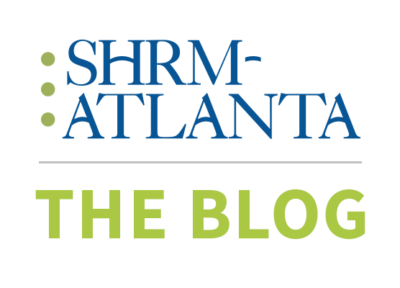Plan sponsors have significant reporting and disclosure requirements under ERISA. Additionally, ERISA and Department of Labor regulations require plan sponsors to retain broad categories of records related to meeting those responsibilities. This means that plan sponsors should understand the applicable rules and put into place a record retention policy governing how they periodically review, update, preserve and discard documents related to plan administration.
Why retaining plan records is important
A workable, comprehensive record retention process improves plan efficiency and allows plan sponsors to quickly respond to employee documentation requests or changes. An effective policy also ensures that all documents will be easily available in case of a plan audit. During an audit, plan sponsors must generally provide voluminous amounts of documentation that can help make the case that the plan has been managed in a responsible and prudent manner and is in compliance with all applicable regulations.
Who is responsible?
It is the responsibility of the plan administrator (the employer) to retain records of plan documents and participant notifications, as well as contribution, benefit and testing information. While plan sponsors typically employ outside service providers to provide various reports and prepare the plan’s Form 5500 filing, it is the plan administrator that bears ultimate responsibility for retaining the records required to support the reports, filings and benefit determinations. Best practices should encourage plan sponsors to maintain easy and quick access to all plan-related documents and ensure that backup copies are maintained in a secure site.
The Six-Year requirement
Under ERISA Section 107,4 any individual required to file any report must maintain, generally, for a period of “not less than six years” after the document is filed, a copy of such report. It also requires that all records supporting information detailed in a plan’s Form 5500 and other reports and disclosures must also be retained.
Such supporting documents include any financial reports, trustees’ reports, journals, ledgers, certified audits, investment analyses, balance sheets, income and expense statements, corporate and partnership income tax returns, and documentation supporting the trust’s ownership of the plan’s assets. Also included is evidence of the plan’s fidelity bond as well as copies of nondiscrimination and coverage test results. In addition, any documents that support any decisions made by the plan administrator must be retained for this six-year period, including all copies of all corporate/ partnership actions and administrative committee actions relating to the plan.
Record Retention—Indefinite period
A plan administrator is required under ERISA Section 2095 to “maintain records with respect to each of [its] employees sufficient to determine the benefits due or which may become due to such employees.” Since the statute does not specify a time limit, plan administrators must retain such records indefinitely. Records necessary to determine benefits and eligibility for plan participation would include any related to dates of service, eligibility, vesting, contributions and more.
Records that plan administrators must retain include the following:
- The original signed and dated plan document
- All original signed and dated amendments to the plan
- Communications and plan documents that are distributed to plan participants, including summary plan descriptions (SPDs), summaries of material modifications (SMMs) and any other descriptions of the plan
- The determination, advisory or opinion letter for the plan
- Copies of Form 5500
- Payroll records that were used to determine eligibility and contributions, including information that can support any exclusions from participation
- Proof of the plan’s fidelity bond
- Documents that show the trust’s ownership of the plan’s assets
- Documents that relate to plan loans, withdrawals and distributions
- Results from nondiscrimination and coverage tests
- Personal employee information—Social Security number, date of birth, marital/family status
- Information related to participant’s employment history, including hire, termination, and rehire dates (if applicable) and details on termination
- Election forms for deferral amount, investment directions, beneficiary designations and distribution requests
- List of contribution and distribution transactions
- Owner and officer history and familial relationships
- Spousal consents and waivers (notarized)
Electronic documentation
Records can generally be maintained electronically as long as the retention system meets ERISA requirements. The retention process must generally:
- Permit easy conversion to legible and readable paper copies to satisfy ERISA’s reporting and disclosure requirements.
- Keep records in reasonable order and in a safe and accessible space that permits indexing, retaining, retrieving and reproducing.
- Have reasonable controls that can ensure the accuracy, reliability and authenticity of the records.
- Create and implement adequate records management practices,6 including, but not limited to, following procedures for labeling of electronic records and saving backup copies.
Paper records may generally be disposed of any time after being transferred to a compliant electronic record system. However, the retention of an original paper record is required if the electronic record would not constitute a duplicate or substitute record under the terms of the plan and applicable federal or state law.7
Plan sponsors may wish to review their plan’s administrative procedures regarding their record retention policies to ensure they meet ERISA’s requirements.
4 29 U.S.C. Sec. 1027.
5 29 U.S.C. Sec. 1059.
6 Labor Reg. Sec. 2520.107-1.
7 Labor Reg. Sec. 2520.107-1(d).




